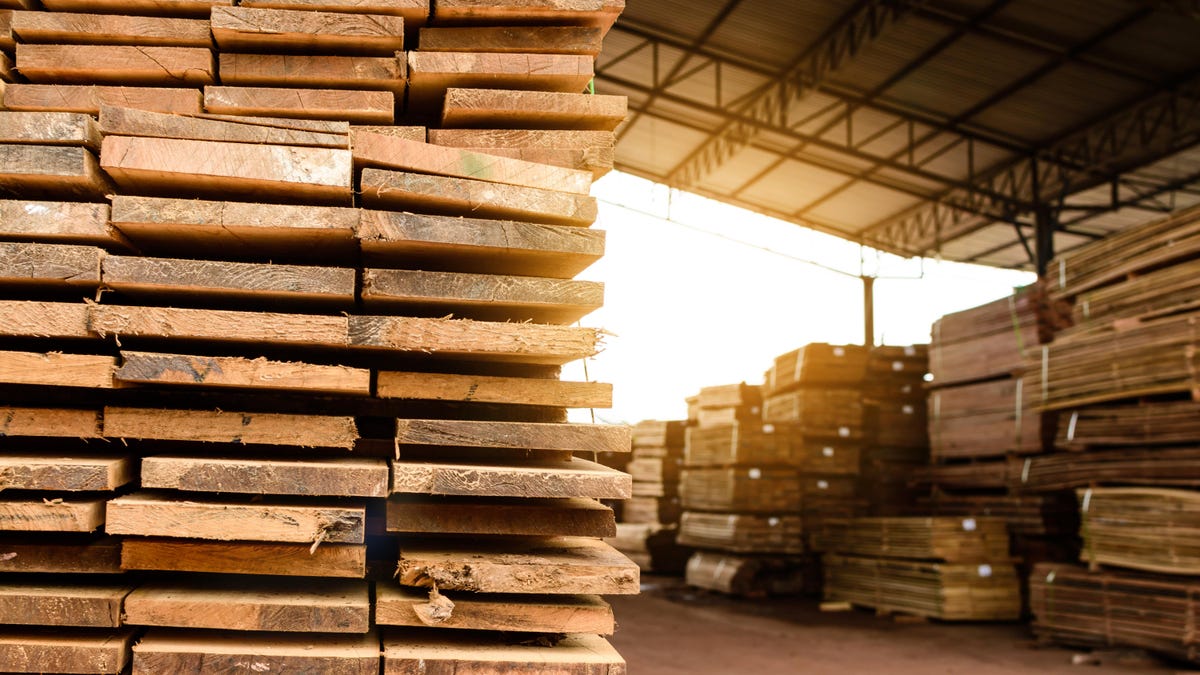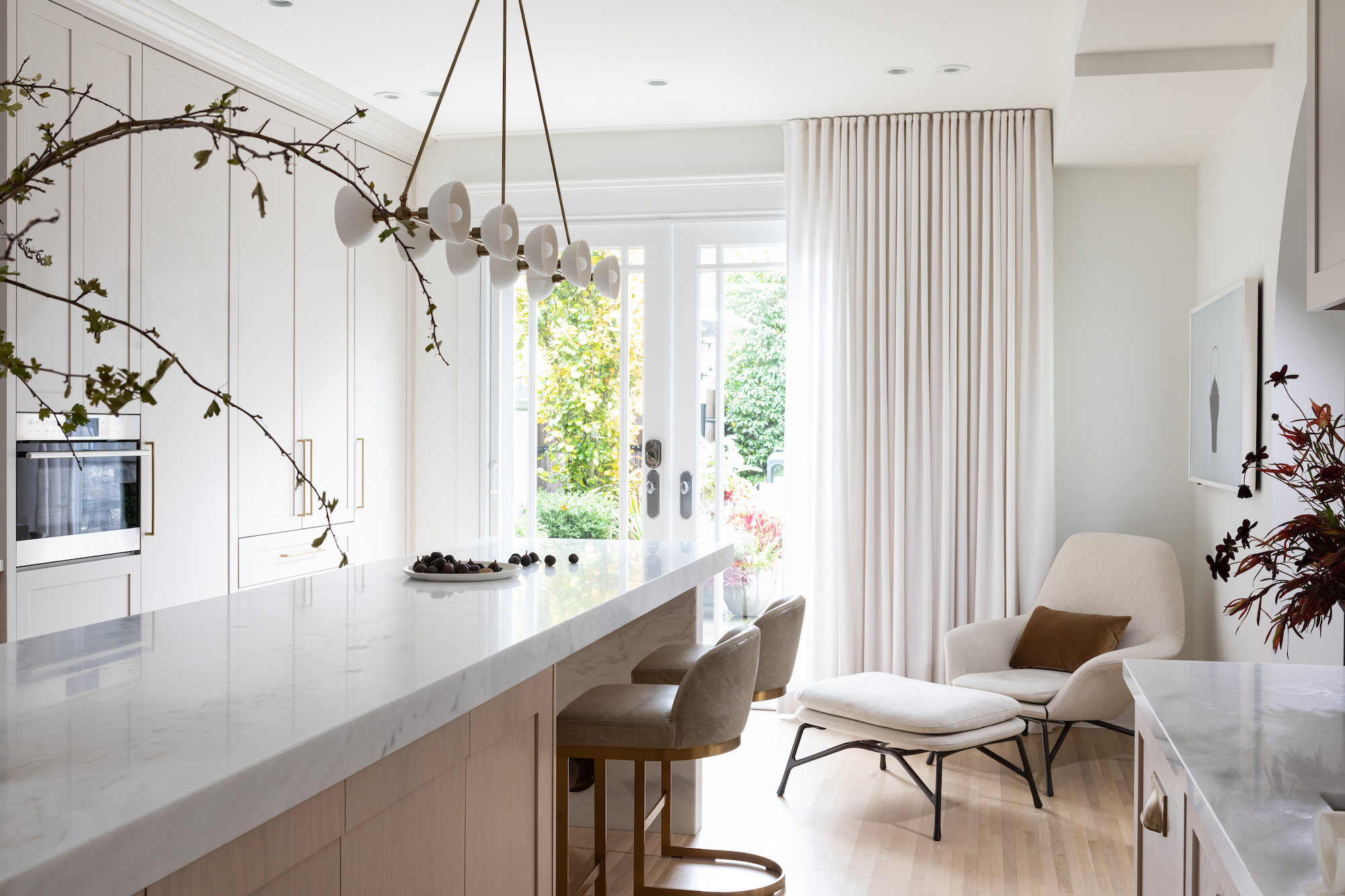The Difference Between Hardwood and Softwood, and When to Use Each
If you’ve recently gotten into home DIY projects, you’ve probably noticed that there’s a lot to learn. This not only includes picking up new skills, but also determining which tools and materials to use for a particular task.Read more...


Photo: Foryoui3 (Shutterstock)
If you’ve recently gotten into home DIY projects, you’ve probably noticed that there’s a lot to learn. This not only includes picking up new skills, but also determining which tools and materials to use for a particular task.
When it comes to wood, for example, there’s hardwood and softwood. Here’s what to know about each type, including which is best suited for your project.
The difference between hardwood and softwood
As it turns out, the distinction between hardwood and softwood isn’t based entirely on the density or hardness of the wood itself. “Rather, the wood type depends on whether the wood is from a tree that reproduces by making cones, or from a tree that reproduces by making flowers,” says Lewis Feldman, PhD, professor of plant biology and the executive director of the University of California Botanical Garden in Berkeley.
More specifically:
Hardwood
Comes from deciduous trees—the kind that loses their leaves each fallAngiosperms, meaning the tree’s seeds are enclosed within a fruitGrain is more visible and distinctiveHeavier in weightDarker in colorTakes longer to grow and matureTypically more expensiveMore rigidMore resistant to decayExamples: Oak, birch, maple, hickory, ash, beech, walnut, teak, mahoganySoftwood
Comes from conifers—evergreen trees with needles and conesGymnosperms, meaning the seeds aren’t enclosedGrain is less visible and pronouncedLighter in weightLighter in colorTakes less time to grow and matureTypically more affordableMore flexibleLess resistant to decayExamples: Pine, hemlock, spruce, firs, cedar, rosewoodBoth hardwood and softwood are considered “solid” woods, meaning that they’re milled from trees, and consist of a single piece of wood. Manufactured wood, on the other hand, is a combination of wood chips and sawdust that have been heated, glued, and pressed together in a factory.
When to use hardwood vs. softwood
Here are a few examples of when to use each type of wood:
Hardwood
Construction (e.g. timber-framed buildings)FlooringFencingDeckingHigher-end furnitureHigher-end veneersOutdoor useSoftwood
DoorsCeilingsWindow framesMoldingsBuilding components, fixtures and fittingsRoof and inner wall structuresDIY craftsPicture framesFirewoodWood carvingFurniture and cabinetry can be made using hardwood, softwood, or manufactured wood. Hardwood furniture tends to be the most durable and expensive, followed by pieces made from softwood and manufactured wood, respectively.

 Aliver
Aliver 































